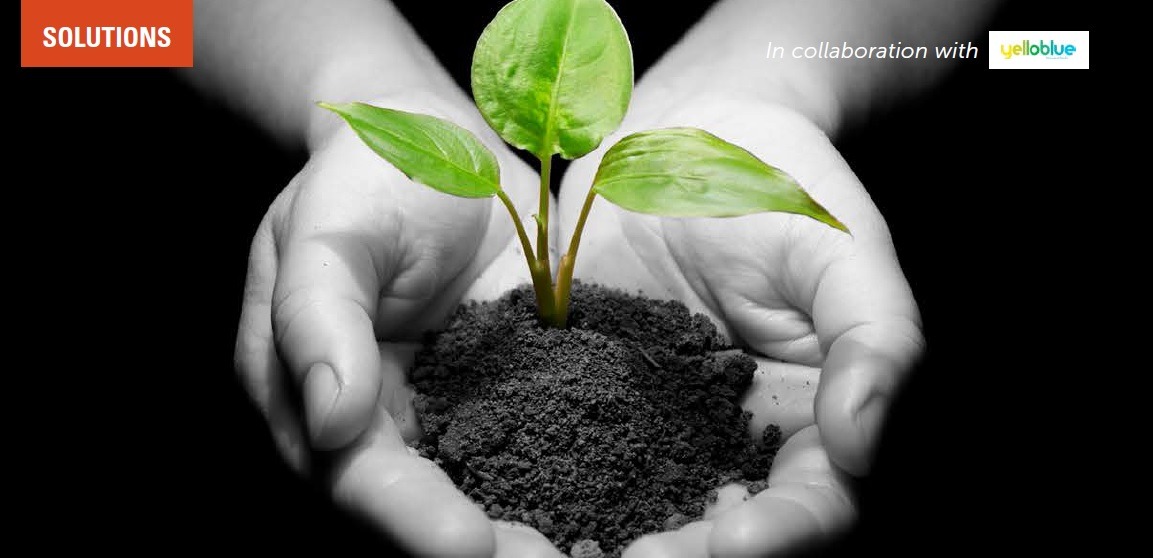Most business leaders have bought in to the idea of becoming more environmentally friendly, but for some, the reality of implementing a sustainability plan is extremely daunting, leaving them unsure where to start. Antoine Kaldany, owner of Yelloblue solar energy company, gets to grips with going green.


Here are 10 steps your business can take to become more sustainable:
- Manage your carbon footprint
Your carbon footprint is whatever your business does that increases the amount of carbon dioxide released into the atmosphere. There are many ways to manage your footprint, starting with your power usage, for example; remember that the size of your gas and electricity bills is directly related to the size of your carbon footprint. - No to food waste
Throwing food away is both costly and harmful to the environmental. Instead of ordering too much, make an estimated expected headcount and go from there. As Geraldine Gilbert, principal strategist of Forum for the Future says: “It is better to run out than order too much. - Portioning
Cutting portions or giving guests the option of smaller servings is a great way to reduce waste. It keeps the guests happy and could potentially cut plate waste by 67 percent. - ‘Meating’ expectations
Less meat, more vegetables. According to research carried out by Columbia University, livestock is responsible for 14.5 percent of manmade greenhouse gas. - The right catch
Buying fish that aren’t on the endangered species list and avoiding those that are, no matter how much of a delicacy they might be, is vital. If consumers only eat the fish that’s under threat, there will be none left. - Staff in the know
A successful business is one where everyone operates as a team. Staff play a vital role and should be encouraged to support changes to the menu and engage with them. Involving them will have many positive outcomes, including less staff turnover. - Say it loud
Don’t be afraid to talk about food waste with your customers. Be upfront, letting them know that you care about quality, but are mindful of the environmental impact of food waste. - Supplier-savvy
Make sure you know where your suppliers are procuring their goods from and more importantly, how. If you can visit the suppliers to see how they work, we recommend taking that action. - R really is for recycle
Don’t just try to recycle everything you buy – make sure that what you’re buying is actually recyclable. If it’s excessive food that you’re left with, try reaching out to a local foodbank to help. - Keep it local
Avoid adding on miles to your importing journey. The shorter the journey for your supplies from their origin, the better. When it comes to your food, it’s a win-win, since you’ll have a better idea where it’s coming from and it’s bound to be fresher.


Antoine Kaldany
Owner
Owner
Yelloblue














